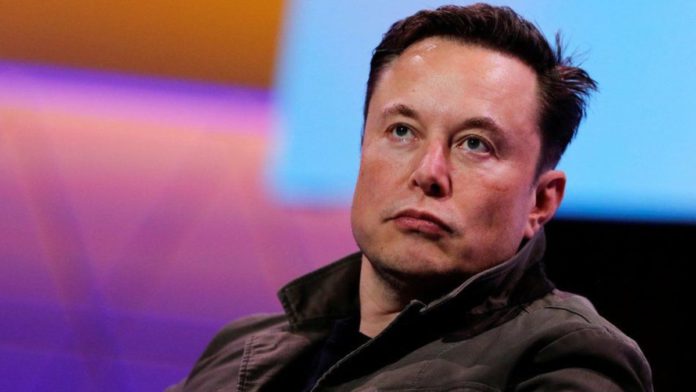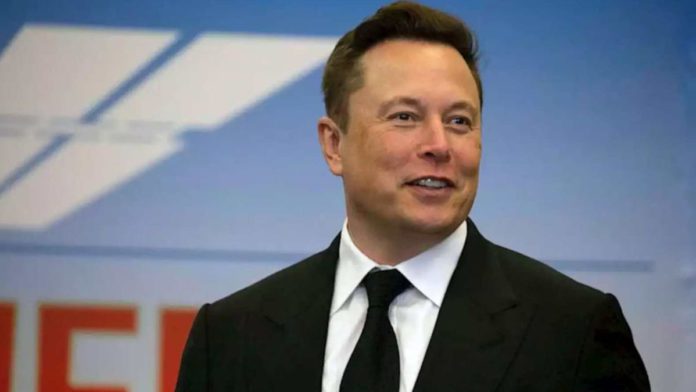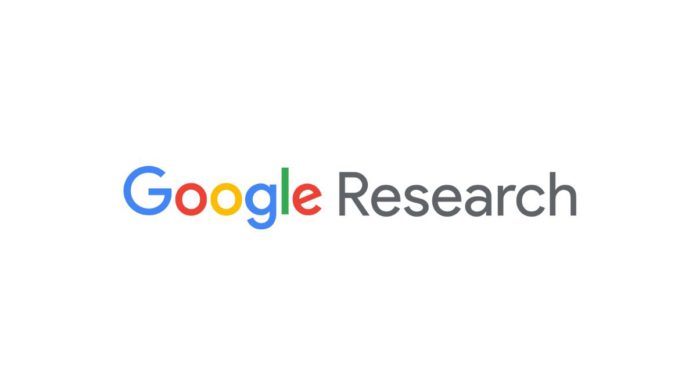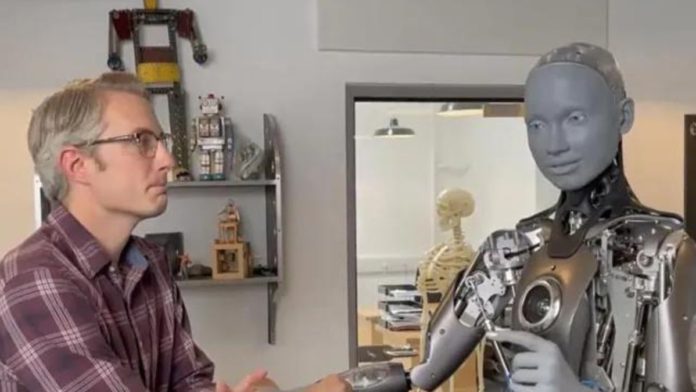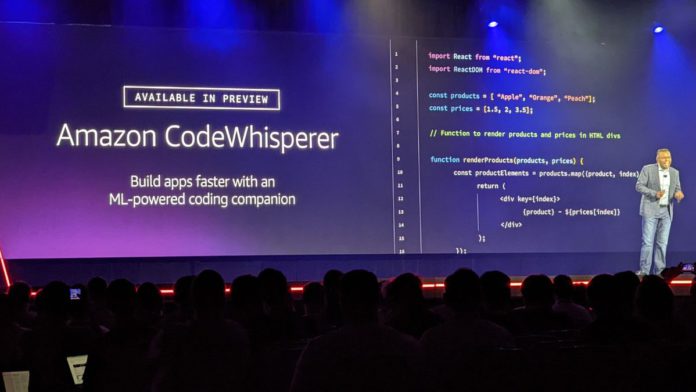In an interview with Fox News anchor Tucker Carlson, Musk revealed his plans to develop “TruthGPT,” a replacement for the well-known AI chatbot ChatGPT. TruthGPT will be a “maximum truth-seeking AI that tries to understand the nature of the universe.” According to Musk, an AI that seeks to comprehend humanity is less likely to end it.
Additionally, Musk expressed concern that ChatGPT is being trained to be politically correct. Musk also spoke in favor of AI legislation in the first of a two-part interview with Carlson, calling himself a “big fan.” He referred to AI as “more dangerous” than vehicles or rockets and claimed it may wipe out humans.
Recently, Musk incorporated a new company, X.AI Corp. According to the Nevada Secretary of State’s office website, the company was established on March 9. Musk is listed as its director, while Jared Birchall, a trusted advisor, is listed as its secretary.
Read More: How Students Can Make The Best Use Of Technology To Enhance Learning Capacities
For many years, Musk has been vocal about his views on artificial intelligence and has criticized other industry titans, such as Mark Zuckerberg and Bill Gates, for having what he has called a “limited” grasp of the subject.
Musk co-chaired the board of OpenAI, the startup that created ChatGPT, and was an early investor in the company. OpenAI was established in the year 2015 as a nonprofit AI research center. But Musk only remained there for a short time, leaving the board in the first quarter of 2018, which the San Francisco startup attributed to Tesla’s efforts to develop automated driving technologies.


